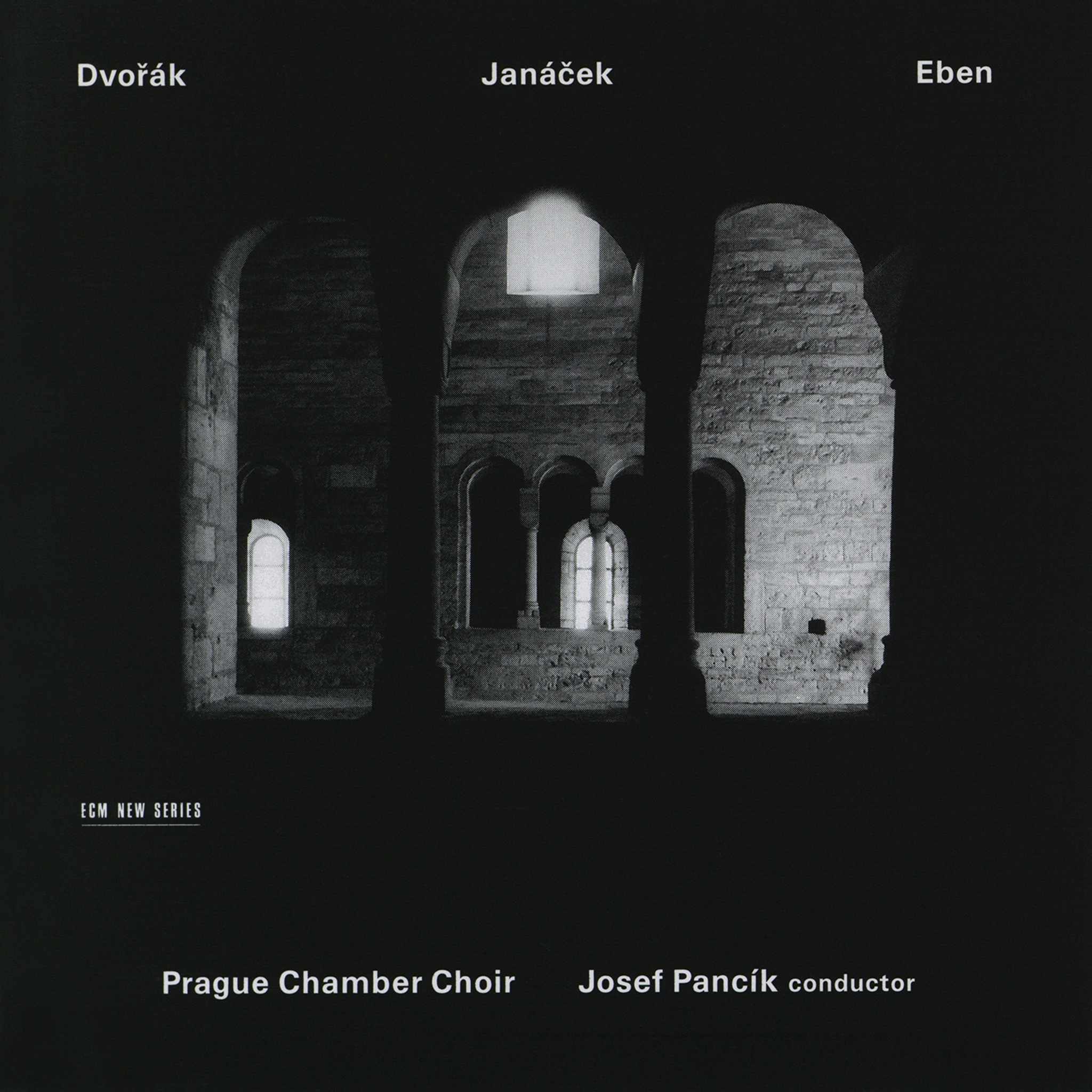Album insights
"Ach! Vergessene Männer, kehrtet ihr doch nach eurem Ableben binnen weniger Generationen oder Jahre zurück, ihr würdet erschüttert eure Grabstätten aufsuchen, um nicht mitzuerleben, wie euer Ansehen beschmutzt, das Andenken an euch getilgt und eure Weitsicht von Freunden, Untergebenen und sogar euren Nachkommen verraten wird!"
Dem Sohn des Direktors von Le Figaro soll diese wohlklingende Bemerkung übermittelt worden sein, als dieser auf ein Werk von Bossuet hinwies, einem Bischof des 17. Jahrhunderts, bekannt für seine Begabung bei Leichenreden.
Zwischen dem Leben und der Musik von Lucien Denis Gabriel Albéric Magnard besteht ein deutlicher Kontrast. Als Zeitgenosse von Sibelius, Nielsen, Paul Dukas und Glasunow verfügte er über ähnliche akademische Fähigkeiten wie Letztgenannter im Bereich des Kontrapunkts. Darüber hinaus pflegte er enge Verbindungen zu Dukas, d'Indy, Ernest Chausson und Joseph Guy Ropartz, allesamt seine Landsleute.
François Magnard führte Le Figaro von 1879 bis zu seinem Ableben 1894. Sein Sohn Albéric wuchs in wohlhabenden Verhältnissen auf, verlor jedoch früh seine Mutter. Dieses Ereignis prägte seinen Charakter nachhaltig und beeinflusste sowohl sein musikalisches Schaffen als auch sein persönliches Leben. Obwohl sein Vater ihn zu einem bestimmten Berufsweg drängte, war es Albéric wichtig, für eigene Leistungen Anerkennung zu finden. Sein Vater drückte seine Bedenken und Emotionen auf eine Weise aus, wie es nur engste Familienmitglieder vermögen.
Albéric beendete 1882 seine schulische Ausbildung und nahm ein Jurastudium auf, das er 1887 abschloss. Trotz des von seinem Vater vorgezeichneten Weges entschied er sich für eine musikalische Laufbahn. Dies führte ihn zum Pariser Conservatoire, wo bedeutende Musiker wie Théodore Dubois und Massenet zu seinen Lehrern zählten. Seine Ausbildung vertiefte er bei Vincent d'Indy, einem Mentor mit großem Einfluss auf seine musikalische Entwicklung. Mit Beharrlichkeit widmete sich Albéric seiner musikalischen Entfaltung und komponierte unter d'Indys Führung seine ersten beiden Sinfonien.
Nach vier Jahren am Conservatoire beschloss Albéric, seinen eigenen Weg einzuschlagen. Der Tod seines Vaters traf ihn tief. Sein Vater hatte ihn stets gefördert und ihm im musikalischen Kreis um Franck beigestanden. Es gelang Albéric, sich in der Musikwelt einen Namen zu machen, er komponierte verschiedene Werke, darunter Sinfonien, eine Oper und erzielte bei Konzerten Erfolge.
Albéric Magnards vierte Sinfonie, die 1913 erstmals aufgeführt wurde, belegt seine musikalische Reife und schöpferische Begabung. Diese Sinfonie offenbart einen eindrucksvollen symphonischen Stil, beeinflusst von Komponisten wie Mahler und Strauss. Magnard gelang es, in diesem Werk große emotionale Tiefe mit orchestraler Meisterschaft zu verbinden. Trotz kreativer Selbstzweifel schuf er so eindringliche und ausdrucksstarke musikalische Werke, die seinen Ruf als Komponist festigten.



